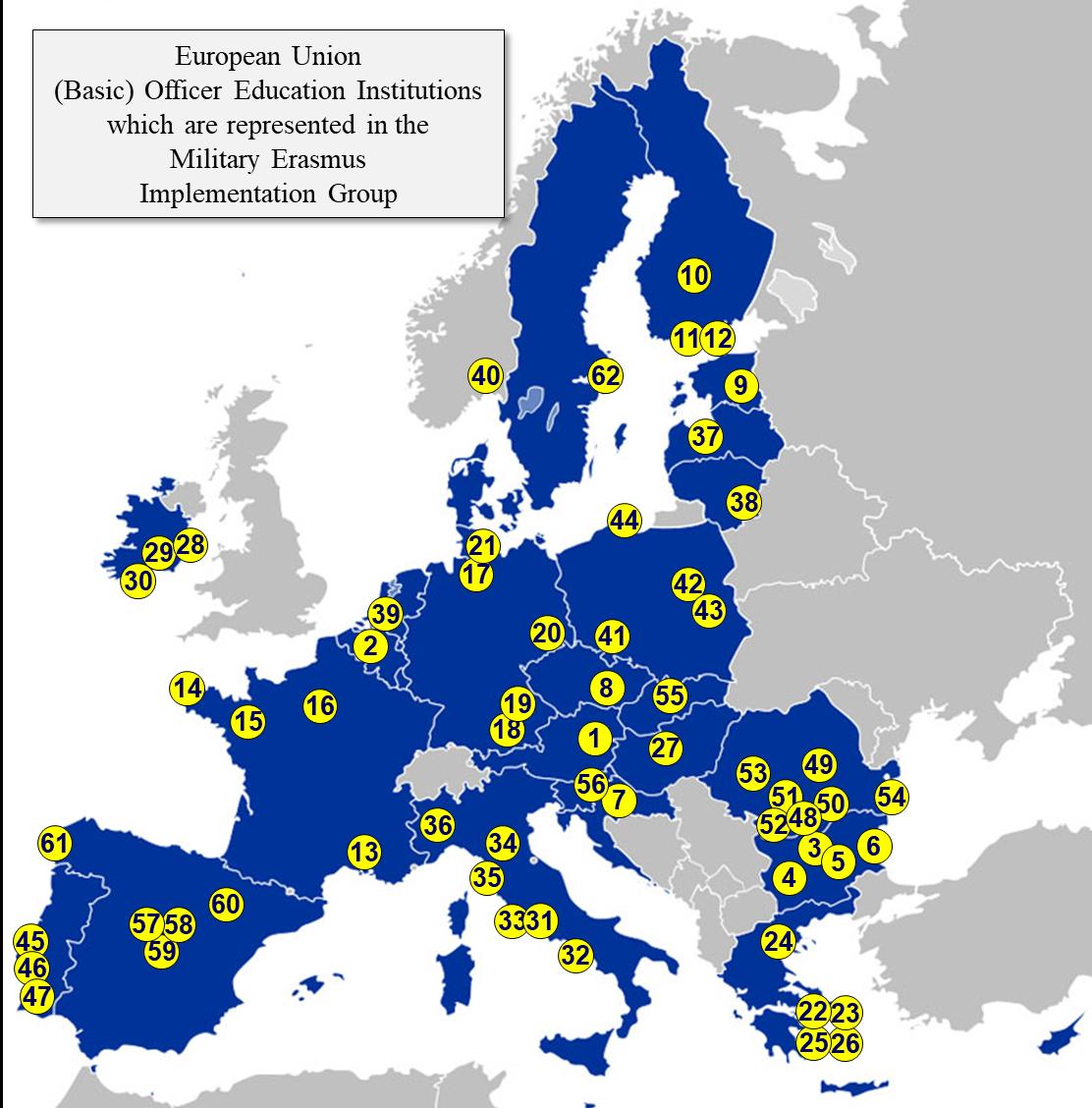Journal of Peace and War Studies, ISOMA Special Edition (October 2021): 172–184
Intercultural Competence Training at a US Service Academy: Pilot Study Kelly Lemmons Abstract: Intercultural competence has been identified as an important attribute for the twenty-first-century officer and is commonly included as a desired institutional outcome within the U.S. service academies. However, intercultural competence has remained difficult and elusive to measure, and it is unknown whether academies are meeting the outcome of increasing cadets’ intercultural competence. This pilot study uses a small sample size in a controlled experiment to measure whether or not intentional intercultural competence training courses can increase cadets’ intercultural competence, and whether or not the course can be scaled from 40 lessons to 20 lessons to 8 lessons and remain effective. Using small sample size control groups as representations of the student body, this research seeks to understand what intercultural competence gains are being made by students who are not receiving intentional intercultural competence training. Results show that the 40, 20, and 8-lesson intentional intercultural competence training courses have a significant effect on cadet’s intercultural competence, with control groups, who receive no intentional training, showing no significant changes in intercultural competence. This paper, along with findings from related research, provide data suggesting that service academies are not meeting intercultural competence outcomes. This paper postulates that 8-lesson intercultural competence training courses may provide cadets with the tools to not only increase their intercultural competence through the duration of the course, but also to sustain and build upon these mechanics for the duration of their study at the academy, meeting institutional outcomes and developing interculturally competent graduates. Keywords: Intercultural Competence; Study Abroad; Cultural Geography.
Introduction The United States Air Force Academy (USAFA), as part of the Human Condition, Cultures, and Societies Institutional Outcome, states that “our graduates will be required to interact successfully with a wide range of individuals, to include those representing cultures and societies different from their own…being able to prudently interact with…cross-cultural competence.”1 Similarly, the United States Military Academy (USMA) states that intercultural competence is “one of the important goals of the curriculum,”2 that cadets will “engage in and reflect on cross cultural experiences.”3 In conjunction within these “institutional outcomes” is the fact that intercultural competence has also been identified as an important attribute for the twentyfirst-century military officer. Uribe, LeLoup, and Haverluk 4 stress this point by stating that “the nature of today’s post-cold war conflicts clearly shows that the men and women being prepared at USAFA as future leaders will face increasingly complex multicultural environments. They will have to lead a more diverse force, work with coalition partners and allies, and interact with members of local populations around the world.”
© 2021 John and Mary Frances Patton Peace and War Center, Norwich University ISSN 2641-841X (print), ISSN 2641-8428 (online)











